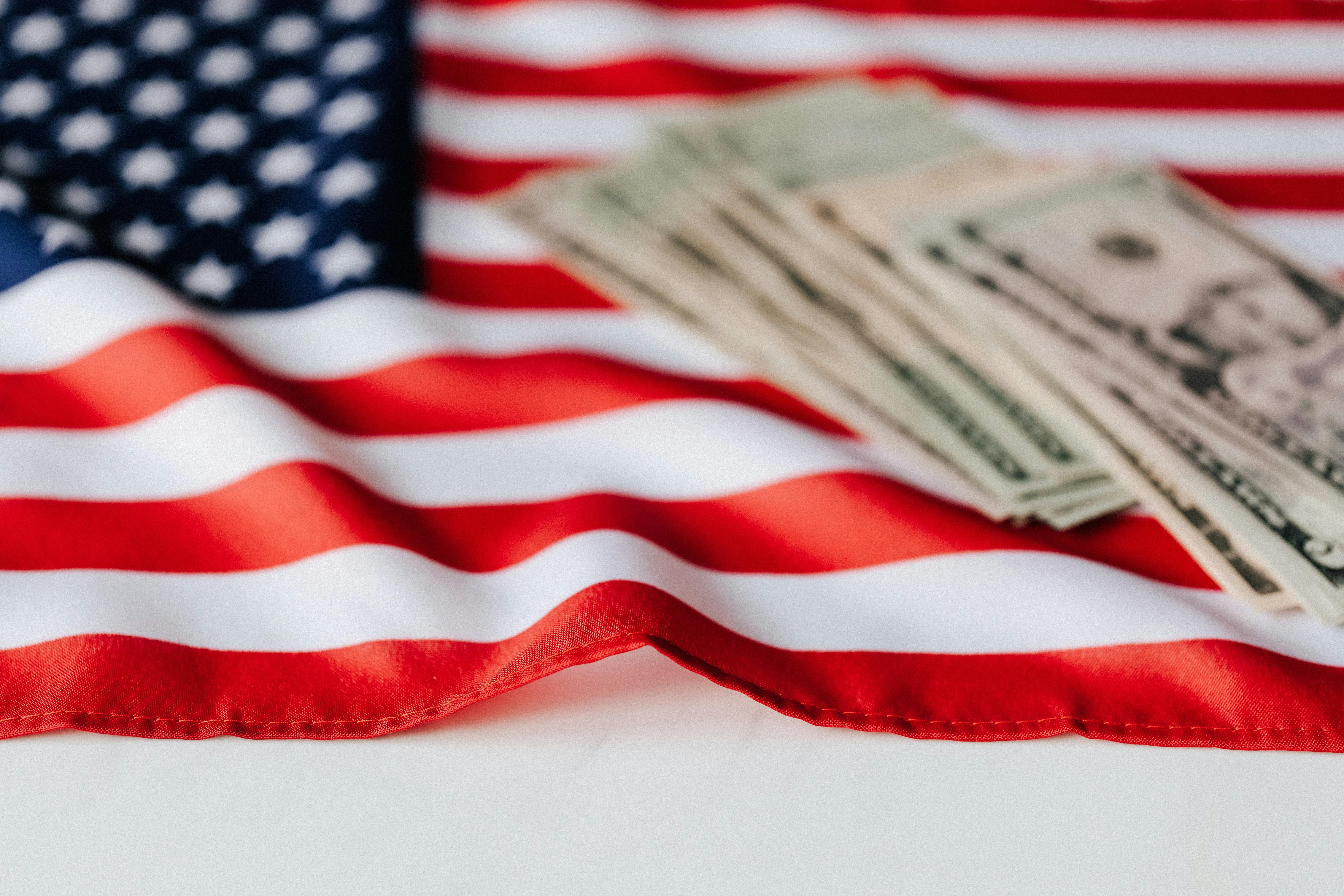Budgeting for Real Life: How to Actually Make It Work

Photo by Karolina Grabowska on Pexels
Let’s be honest: traditional budgeting advice can feel like it was written by someone who’s never paid rent or juggled three subscription services just to watch two shows. If you've ever tried sticking to a budget and felt like you failed — you’re not alone. Budgeting in real life needs more flexibility and less guilt.
This guide is for the real world. It’s not about spreadsheets you’ll abandon in a week. It’s about understanding how money moves through your life and making it work for *you* — not the other way around.
What Is a Budget (Really)?
A budget isn’t a punishment. It’s a tool. At its core, budgeting is just a way to tell your money where to go — instead of wondering where it went. Think of it like GPS for your finances: you can still take scenic routes, but you know how to get to your destination.
Start Here: The Rule of 3 Buckets
Forget complicated categories. Here’s a simpler breakdown that fits most lives:
- Essentials (Needs) – 50% – Rent, food, utilities, transportation.
- Future You – 30% – Savings, debt payments, investing.
- Flex/Enjoyment – 20% – Fun money, treats, hobbies, Netflix binges.
This 50/30/20 rule isn’t rigid. Adjust it if you're paying off debt aggressively or saving for something big. The key is clarity — not perfection.
Real Life Profiles: Budgeting That Matches You
| Profile | Challenges | Budget Tip |
|---|---|---|
| The Freelancer | Inconsistent income | Base budget on your *lowest* monthly income, not average |
| The Busy Parent | Childcare, time constraints | Automate savings and use cash envelopes for weekly “spending zones” |
| The Recent Grad | Student loans, entry-level salary | Start with micro-savings (like $10/week), then scale up as income grows |
| The Overwhelmed | Debt and stress | Focus on one small win per week — like cancelling unused subscriptions |
Budgeting Tools That Don’t Suck
Use what works for *you*. Here are three no-fuss tools:
- Pen & Paper: Sometimes, writing it down is grounding and powerful.
- Spreadsheet (Google Sheets): Easy to customize, zero cost.
- Apps: Try YNAB or EveryDollar for guided systems.
Your Money, Your Values
Align your spending with what actually matters to you. If you value travel, budget for it without guilt. If you love books, make space for them. Budgeting isn’t about restriction — it’s about prioritizing *your* joy.
Quick Win: The “One-Month Buffer”
Try to build up one month’s worth of expenses in your account. That buffer turns emergencies into inconveniences. You don’t need to get there overnight — even $100/month brings you closer.
Final Thoughts: Budget Like a Human
A good budget bends, adapts, and listens to your life — not the other way around.
You don’t need to be perfect. You just need to pay attention, make small choices on purpose, and forgive the occasional coffee splurge. Budgeting for real life is about building a system that supports you — not one that scolds you.
This guide was created for readers of invest-charts.com. Financial peace isn’t a fantasy — it starts with clarity, and you’re already on your way.
